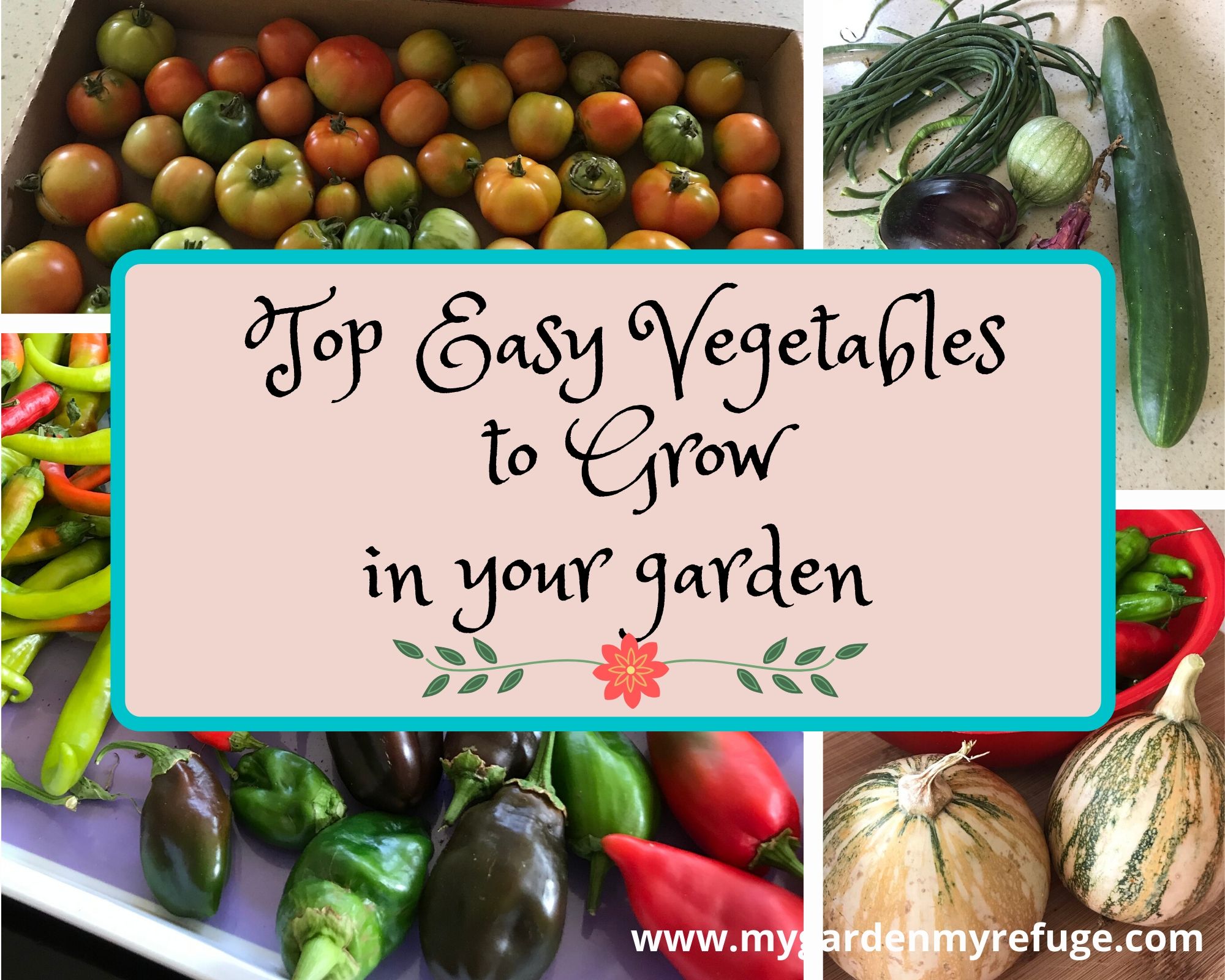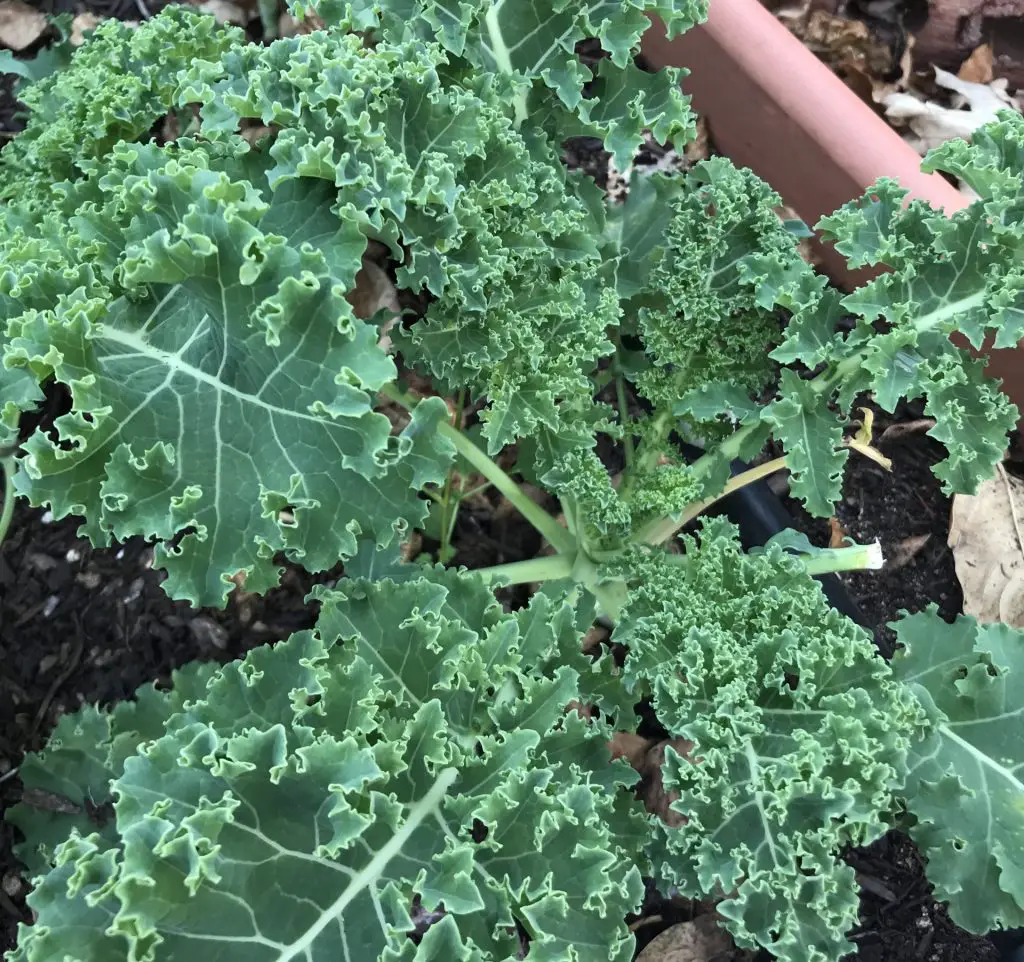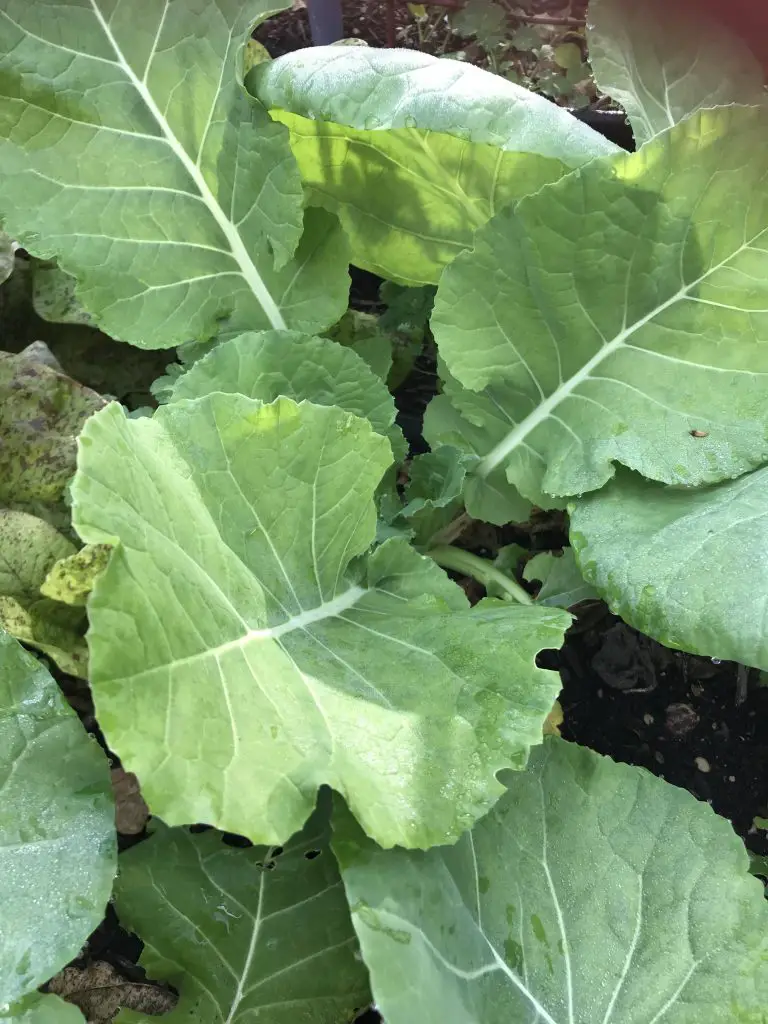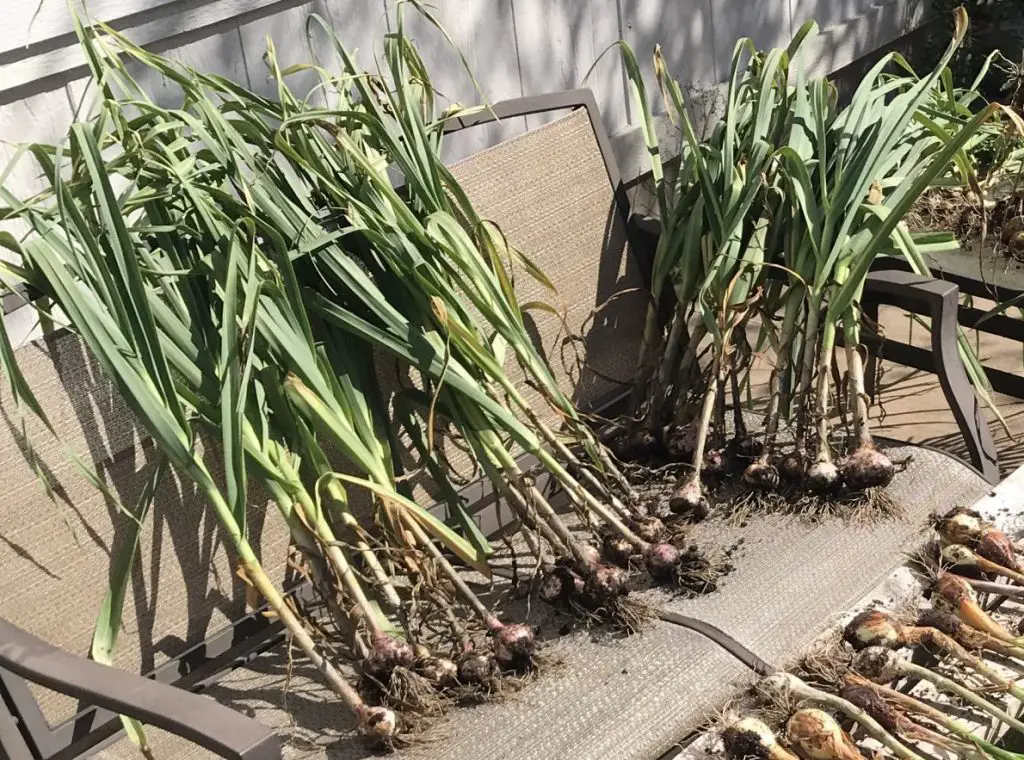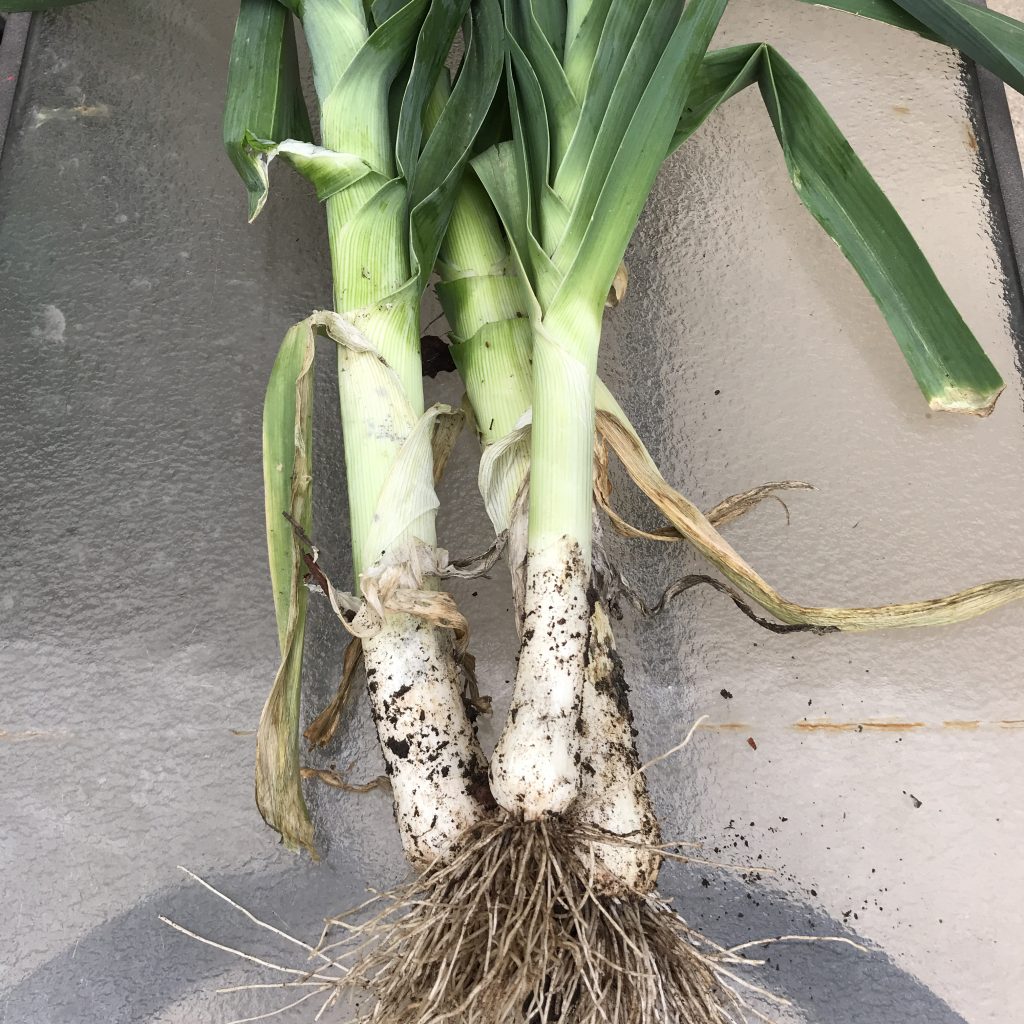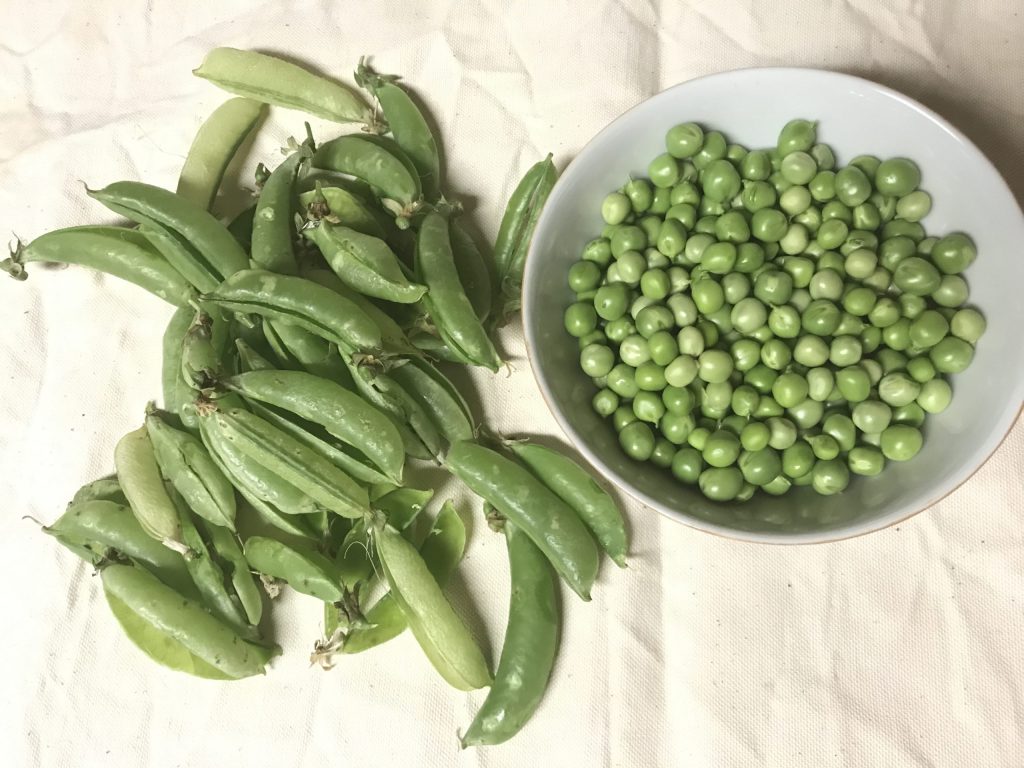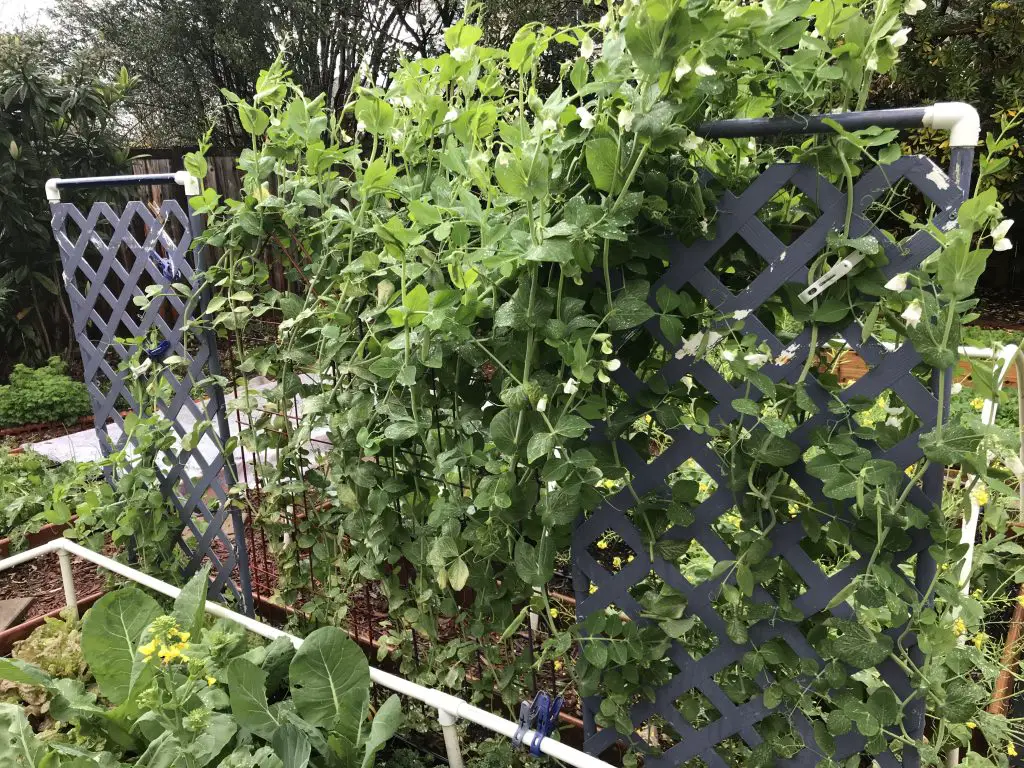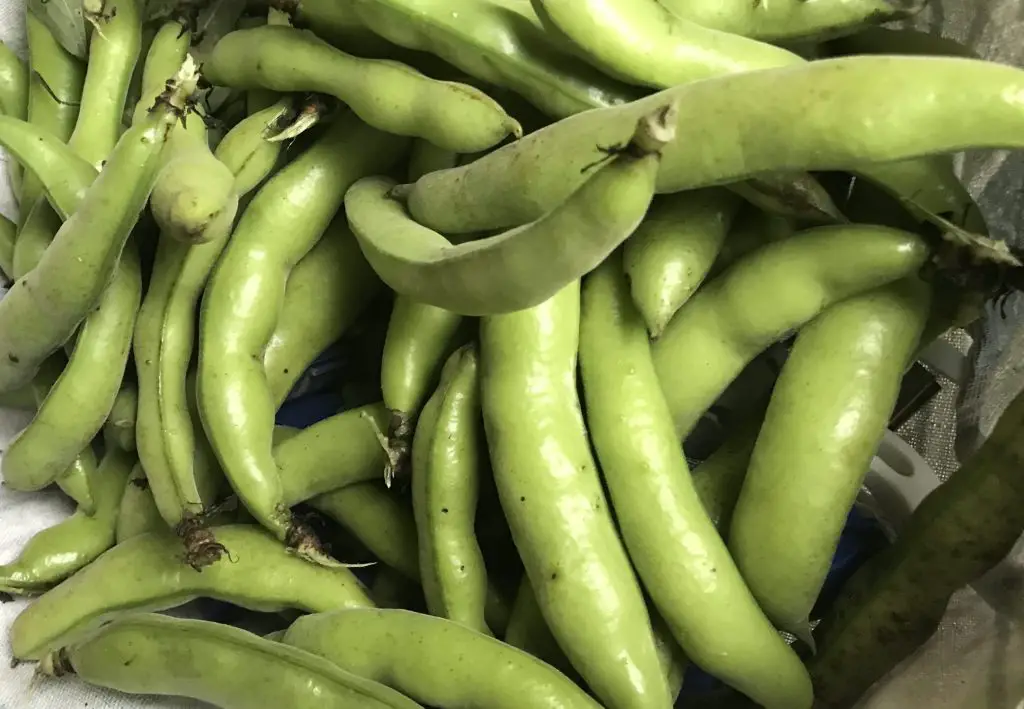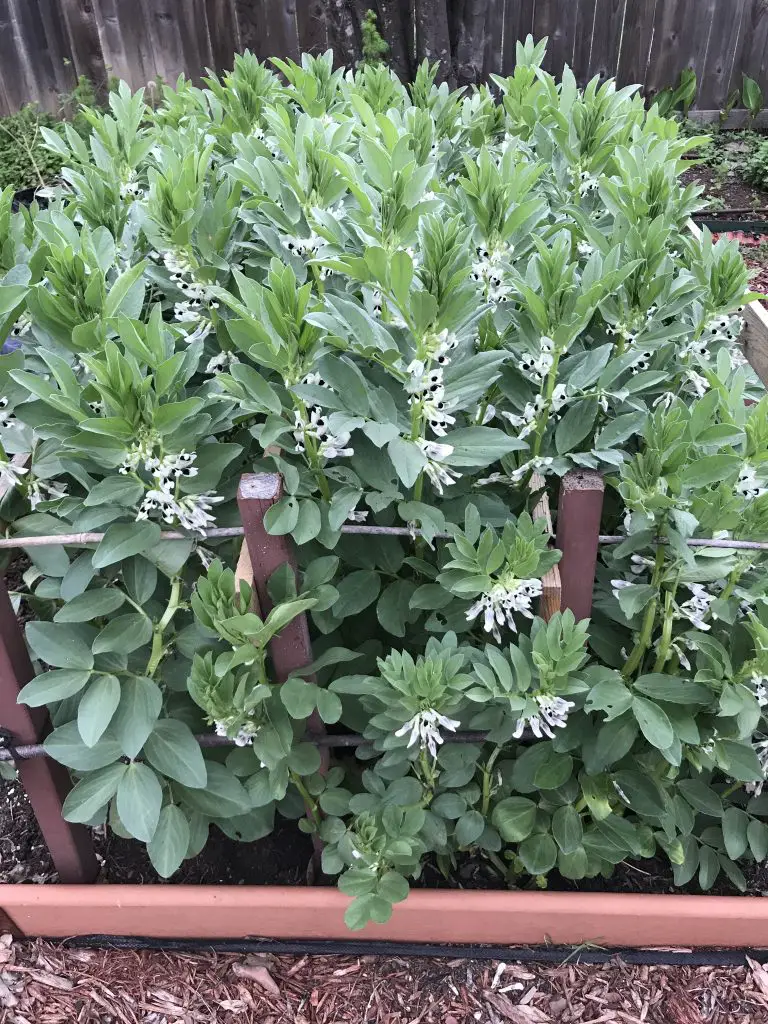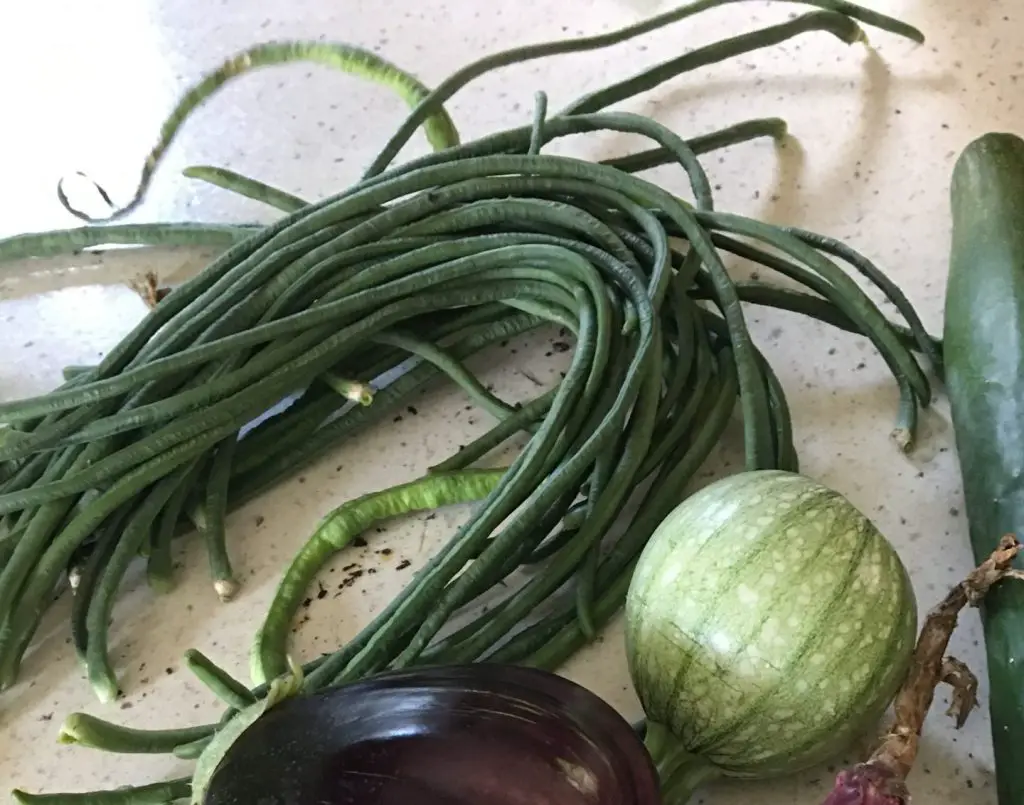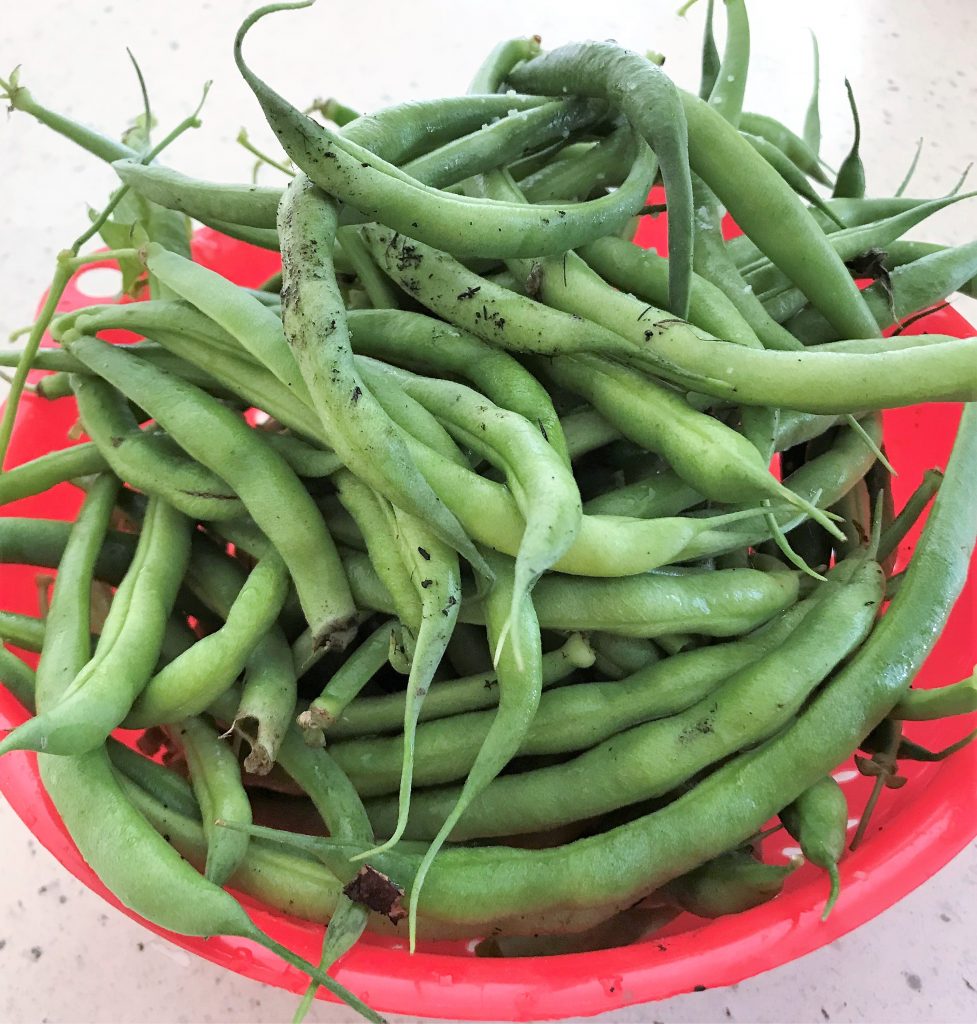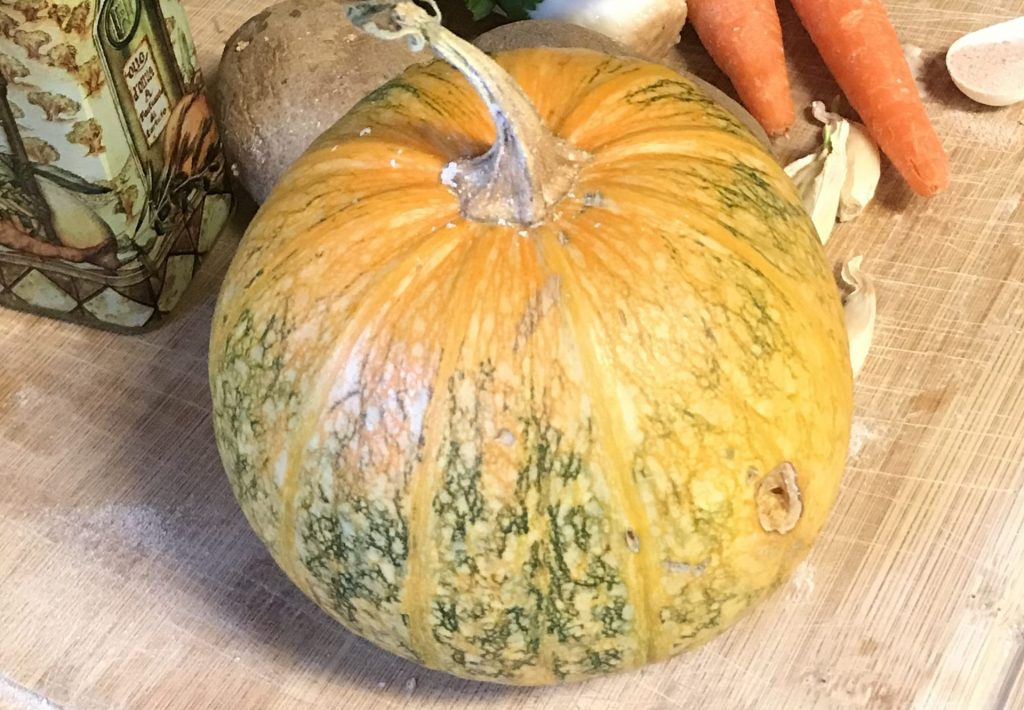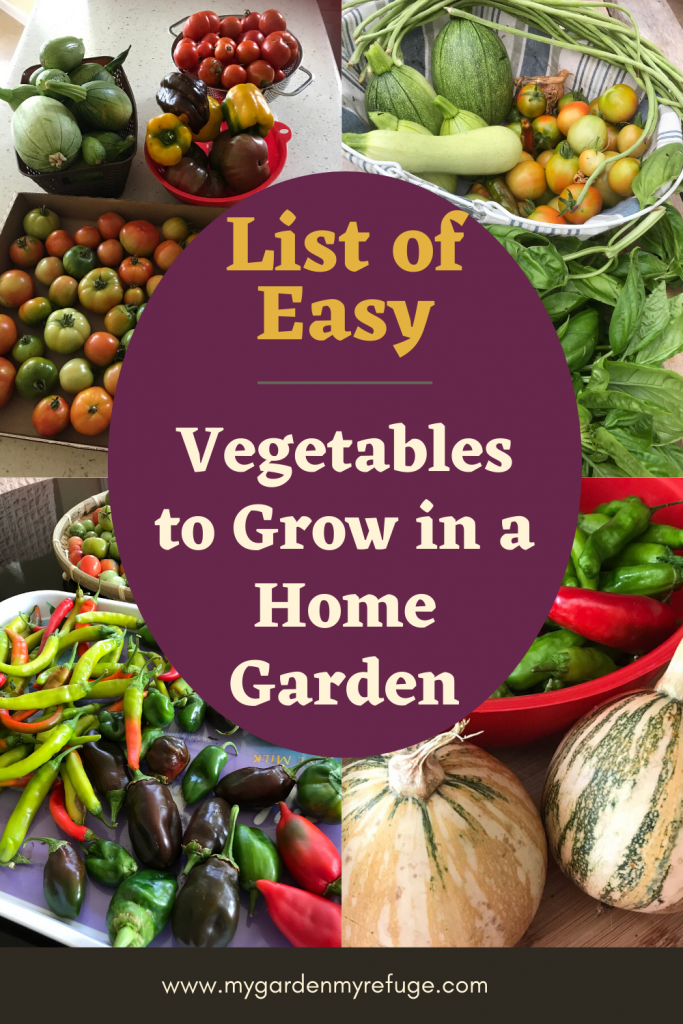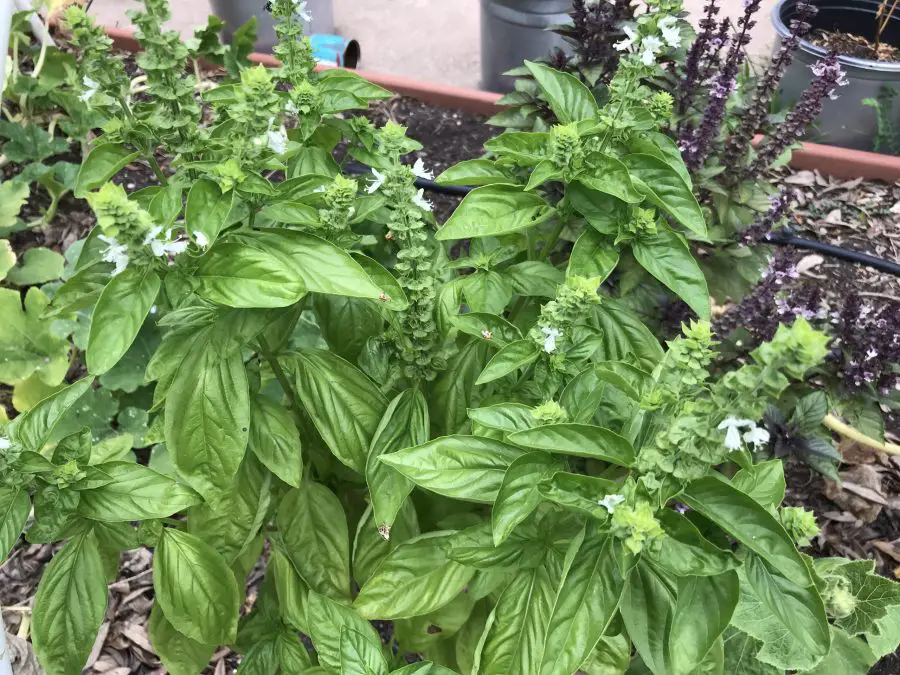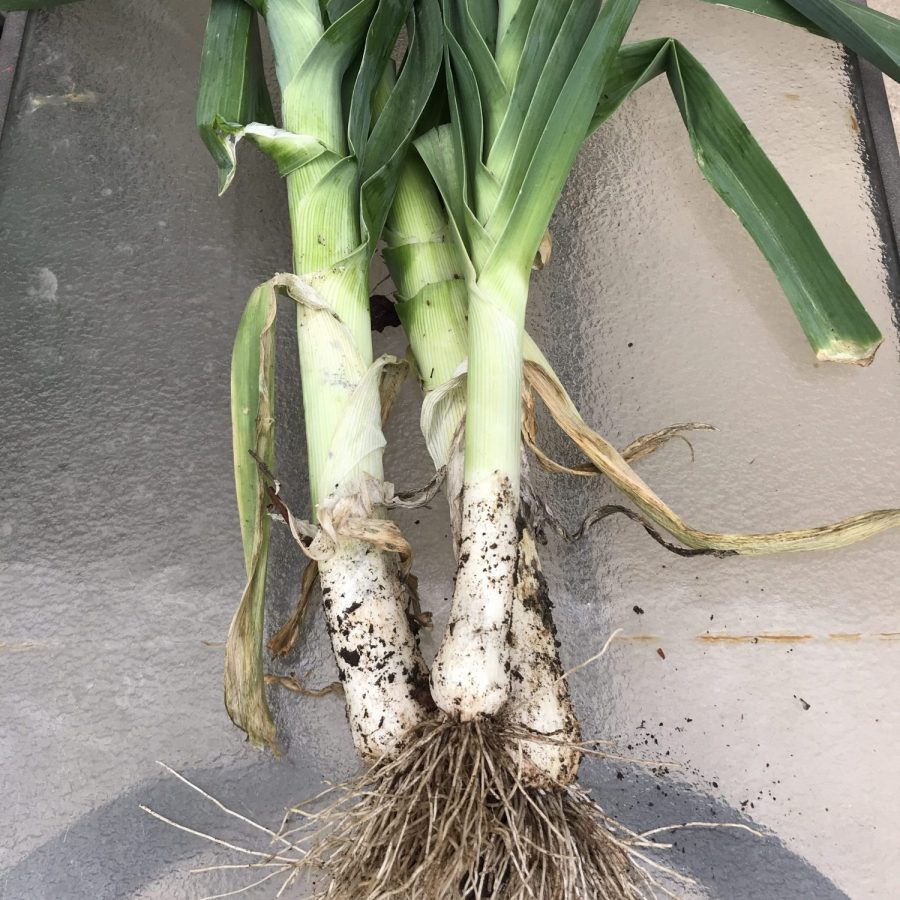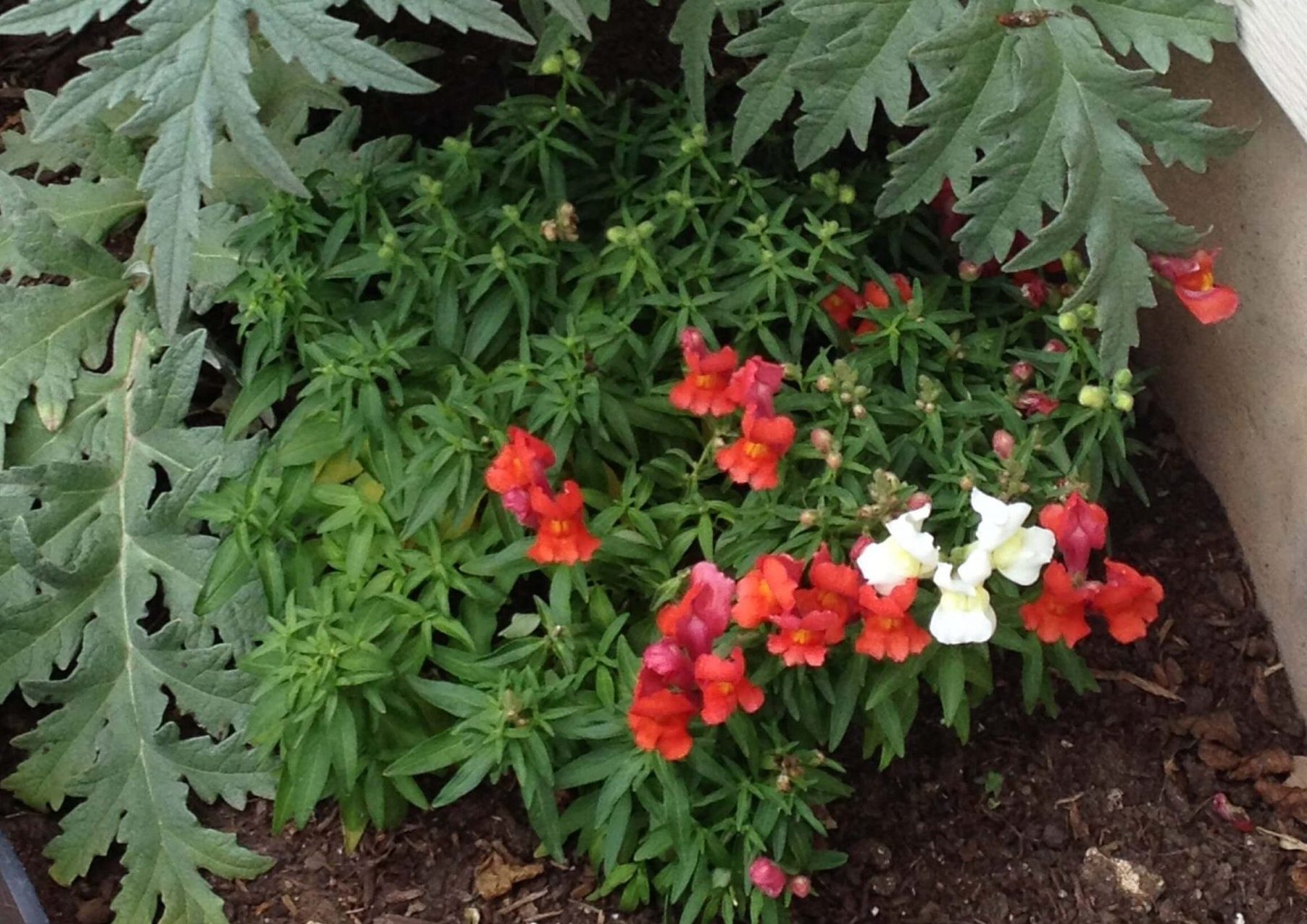As a beginner gardener, I thought any vegetable variety would thrive in my Texas garden. To my disappointment, that was not true. I faced many challenges before realizing that many factors are involved in the selection process.
Crops depend mainly on the weather and temperatures they are growing in. Varieties that thrive in temperatures below 70F(21C) are cool-season crops. The ones that prefer higher temperatures are warm-season crops.
There is a small selection of vegetables that do well in extreme temperatures. Parsnips and rhubarb will only grow well in the north, where winter is cold. Okra and eggplant enjoy hot summers. With the hybridization, new varieties are made available for gardens wherever they are.
Note: This post contains affiliate links. Click here for the full disclaimer.
Cool Season Crops
1- Brassicas
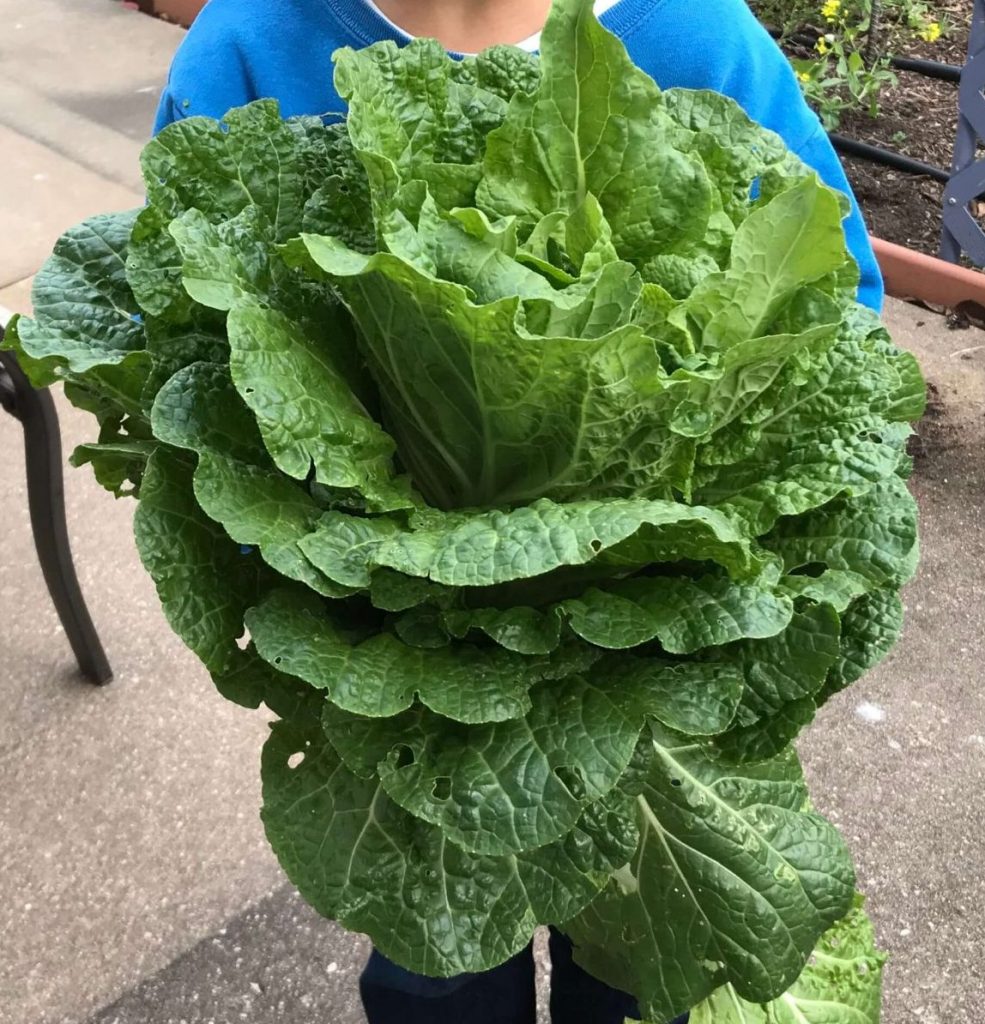
Mini Napa Cabbage 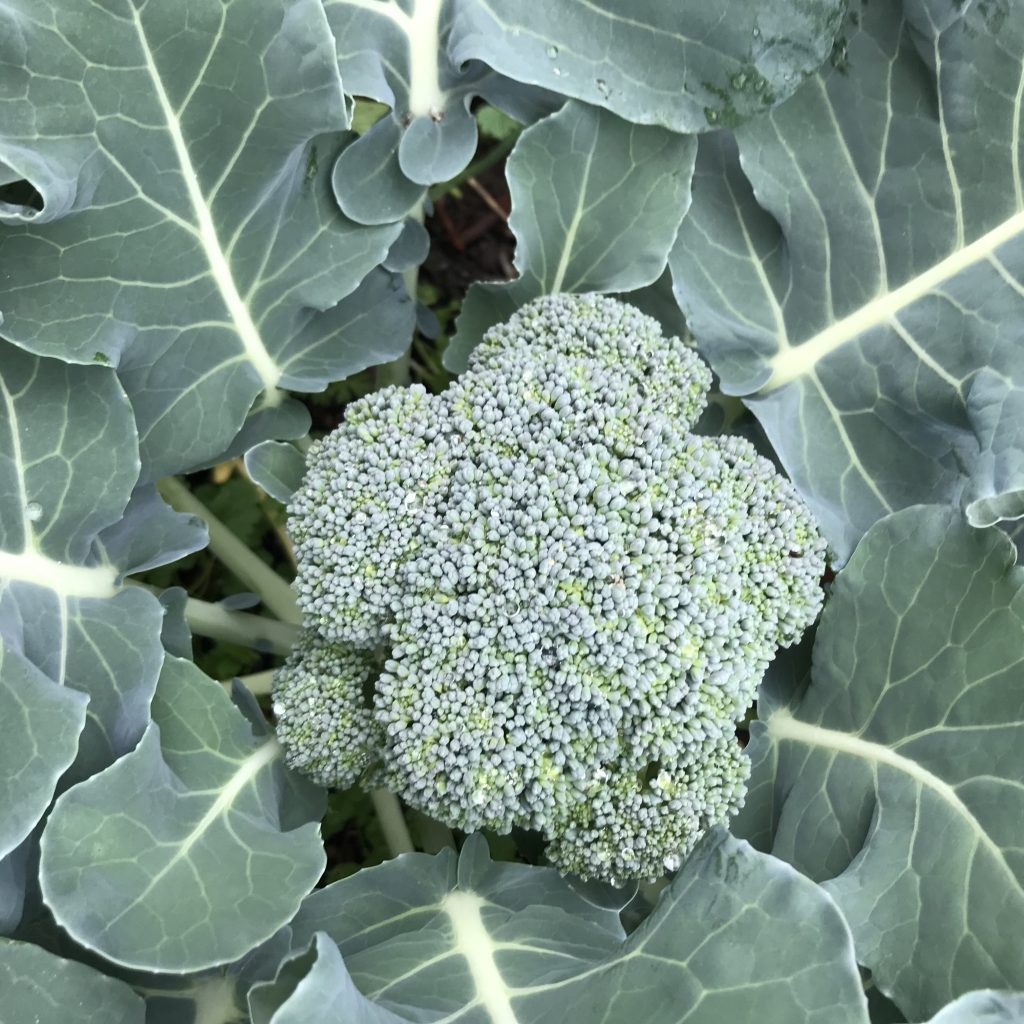
King broccoli
They are also known as Cruciferous vegetables. The most common varieties in this family are Broccoli, Brussel Sprouts, Cabbages, Cauliflower, and Choi. ( Turnips also belong to the brassica family, but we will talk about them later in the post)
The following varieties are worth growing in a home garden. They do not require a lot of space, and they are not affected by
- Snowball cauliflower
- Belstar Broccoli
- Wiltham Broccoli
- One Kg Napa Cabbage
- Sweet Choi
- Pack Choi
- Kalibos Red Cabbage
2- Herbs
Most herbs are perennials and grow year-round. The list of annual herbs is small and the following varieties grow in the cool season from seed or transplants. You will have to take them out in the summer.
3- Leafy Greens
Some leafy greens belong to the brassica family such as Kale, Turnip Greens, and collards. These vegetables are grown for the leaves and do not form heads.
The varieties I recommend for a Texas home garden are slow bolting and have fewer bug issues.
4- Root Crops
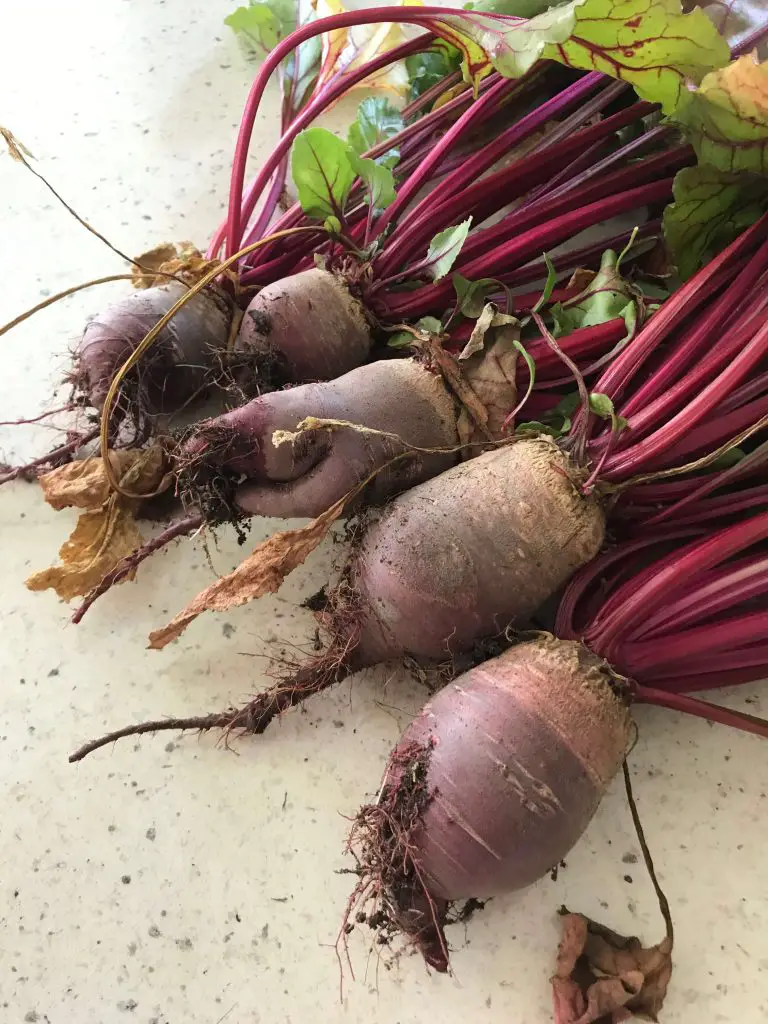
Detroit Dark Beets 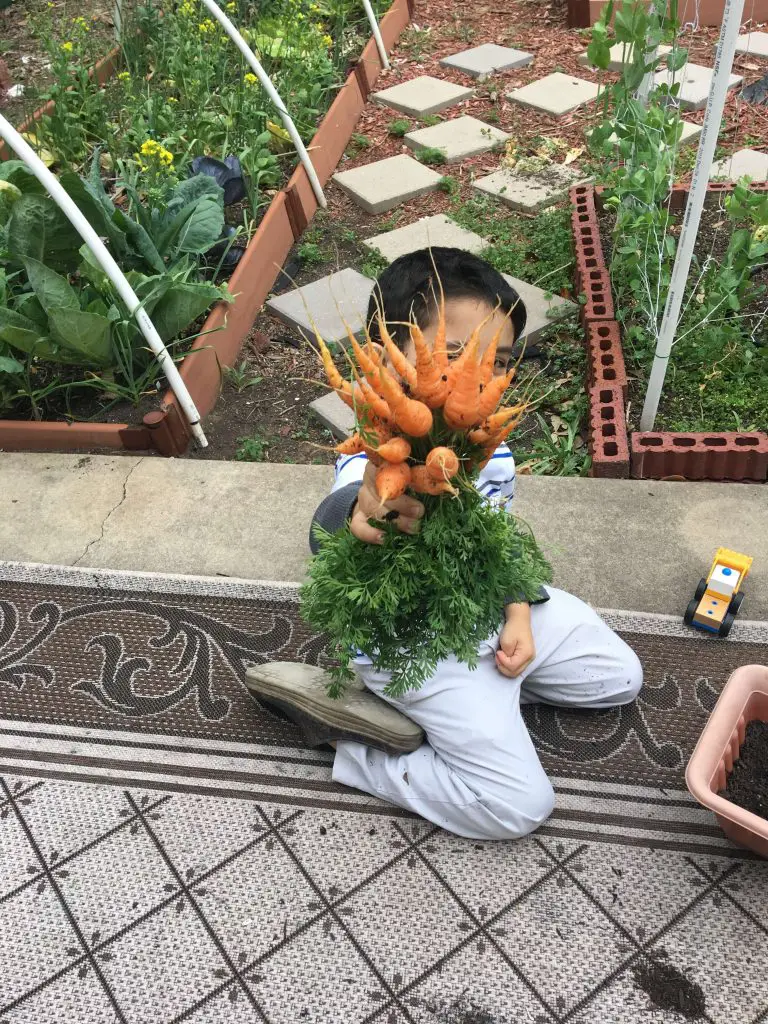
Short and Sweet Carrots
Root crops are intriguing to grow. After putting the seed in the ground, their growth becomes mysterious. The following list is the no-fail varieties.
5- Alliums
Alliums refer to a wide list of flowering plants that include several species. The common onion, garlic, and leeks are cultivars of the same species. Chives, shallots, and spring onions belong to the same species.
- Onions: short day red, white, and yellow.
- Soft neck Garlic
- Leeks
- Chives (come back every year)
6- Peas:
Peas have been the most difficult vegetable to grow. Planting it at the right time is crucial to prevent killing by the frost or the heat. The following varieties are so far the least demanding with great production.
7- Windsor broad beans
Broad beans are not very popular in the USA. They are more common in Europe and the Mediterranean region. This legume is easy to grow. It withstands cold snaps, wind, hail, you name it. Unless the weather becomes extremely cold for a few days, this crop will take it.
In spring, the plant does get attacked by Aphids and Rust disease. But, that does not affect production.
The only variety I have been able to grow is called Windsor.
8- Globe Artichoke

It is a perennial plant but not evergreen. Transplant it in the fall for a spring harvest. During the Summer, the plant will wither and go dormant. The following year, the mother root will produce many pups.
You can grow artichokes from seed, but separating the baby plants is the easiest way of propagation.
Globe artichoke is the recommended variety.
9- Asparagus
Like globe artichoke, Asparagus is a perennial plant. You can get it as transplants or bare root crowns. But, you have to wait for two years before attempting to harvest.
During the Summer, the young spears grow tall into ferns. The foliage feeds the root system through photosynthesis. With the first frost, it turns yellow and goes dormant for the winter.
10- Florance Fennel
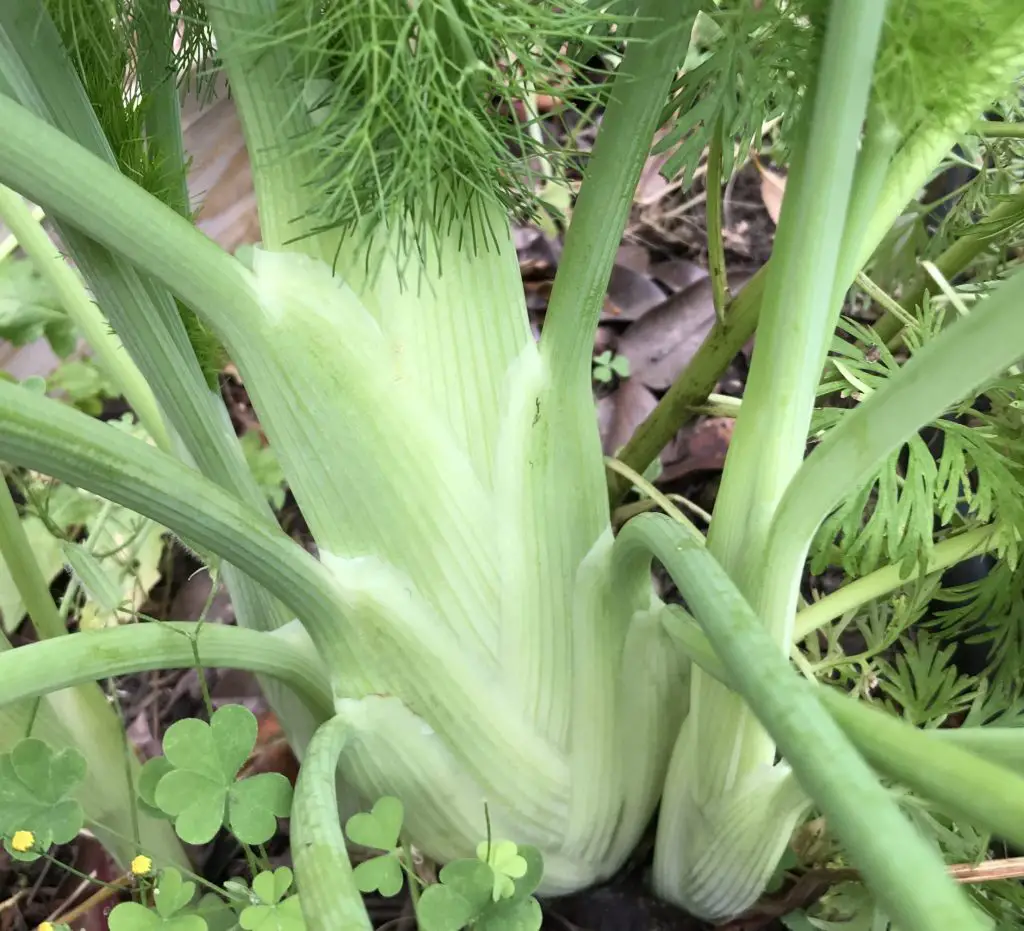
Florence fennel is the one you need to add to your garden. Plant it either from seed or transplant. Grows through the Winter to be ready in the Spring.
It serves double duty as a vegetable and as a herb. Even better, in case it fails to form a bulb, it is a great host plant for butterfly caterpillars.
Warm-Season Crops
1- Tomatoes:
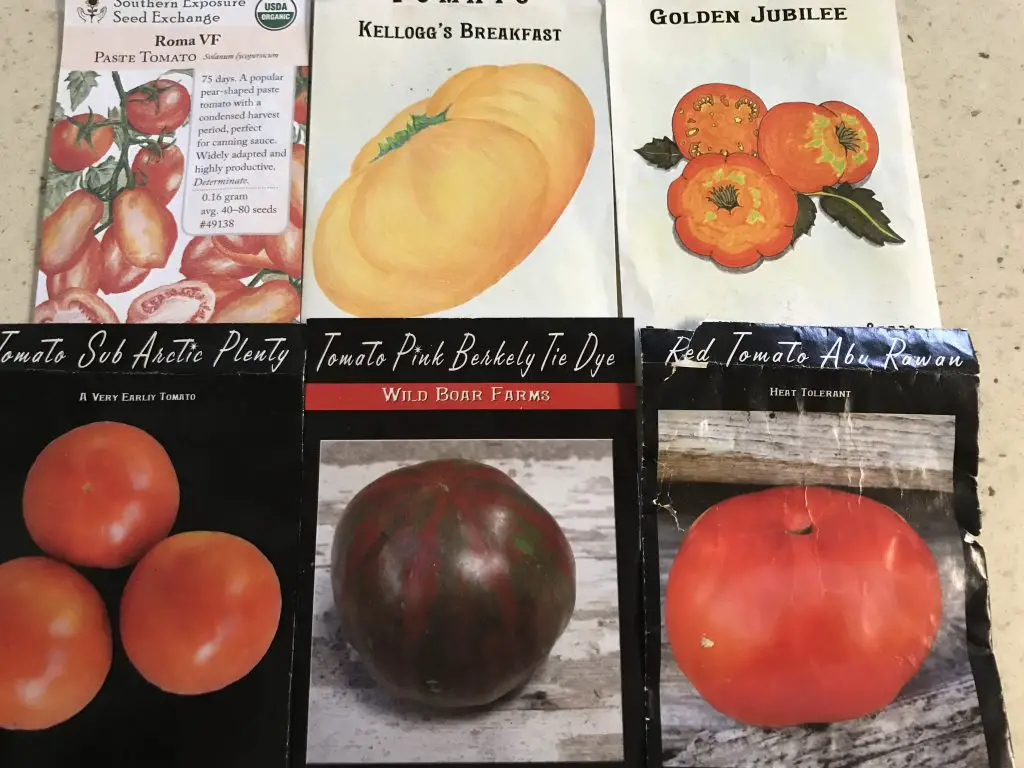
Tomatoes are at the top of the warm-season crops list. There are about 3000 varieties of tomatoes, which come in different colors, shapes, sizes, and tastes. The array of choices is large enough to suit every gardener’s needs.
Generally speaking, tomatoes fall into two main groups; Determinate and Indeterminate. This distinction follows the growth pattern of the plant.
Determinate tomatoes grow to reach a certain height and produce one big harvest. But, indeterminate tomatoes grow as vines with steady production through the season.
For a small home garden, determinate tomatoes are the best choice. Even though the harvest comes at once, it does not seem like it when you have several plants. Some of my favorite varieties are:
- Abu Rawan
- Subarctic
- Pink Berkeley Tie-dye
- Kellogg’s breakfast
- Orange Wellington
- Beefsteak
- Cherokee purple
- Green Zebra
2- Peppers
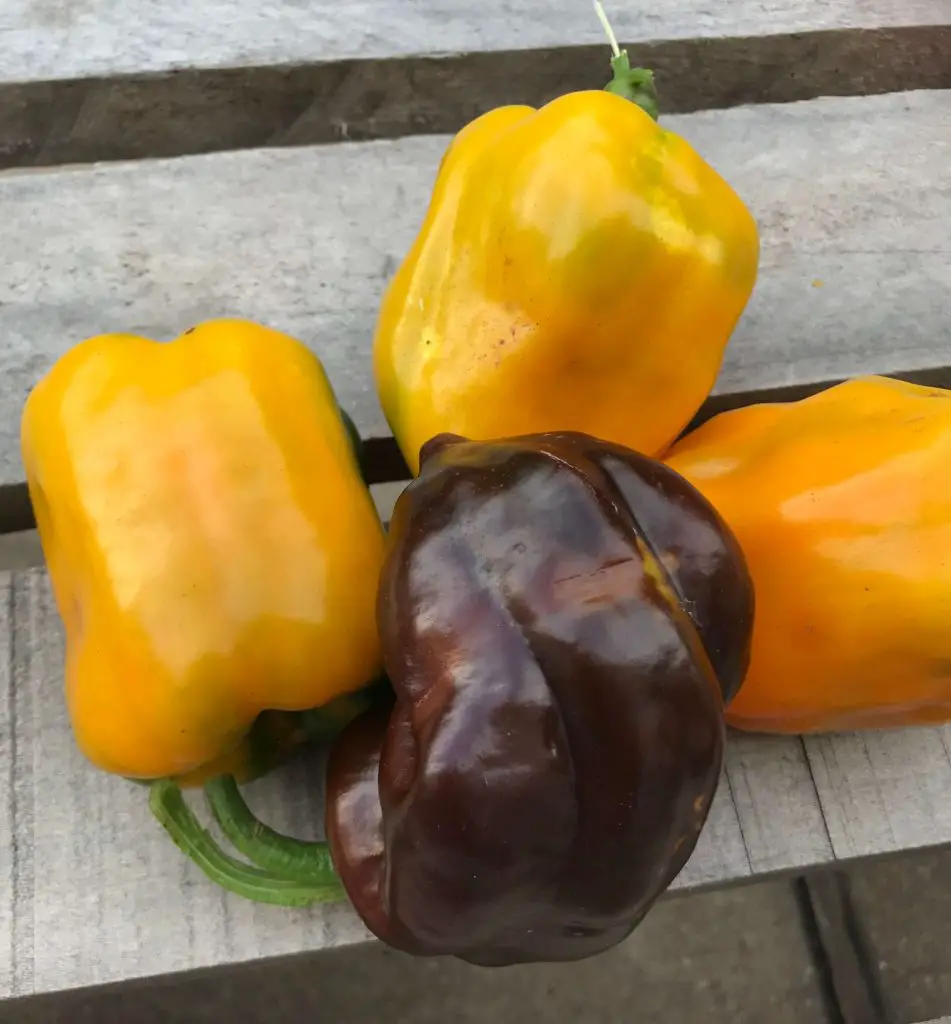
Yellow & Chocolate Bell 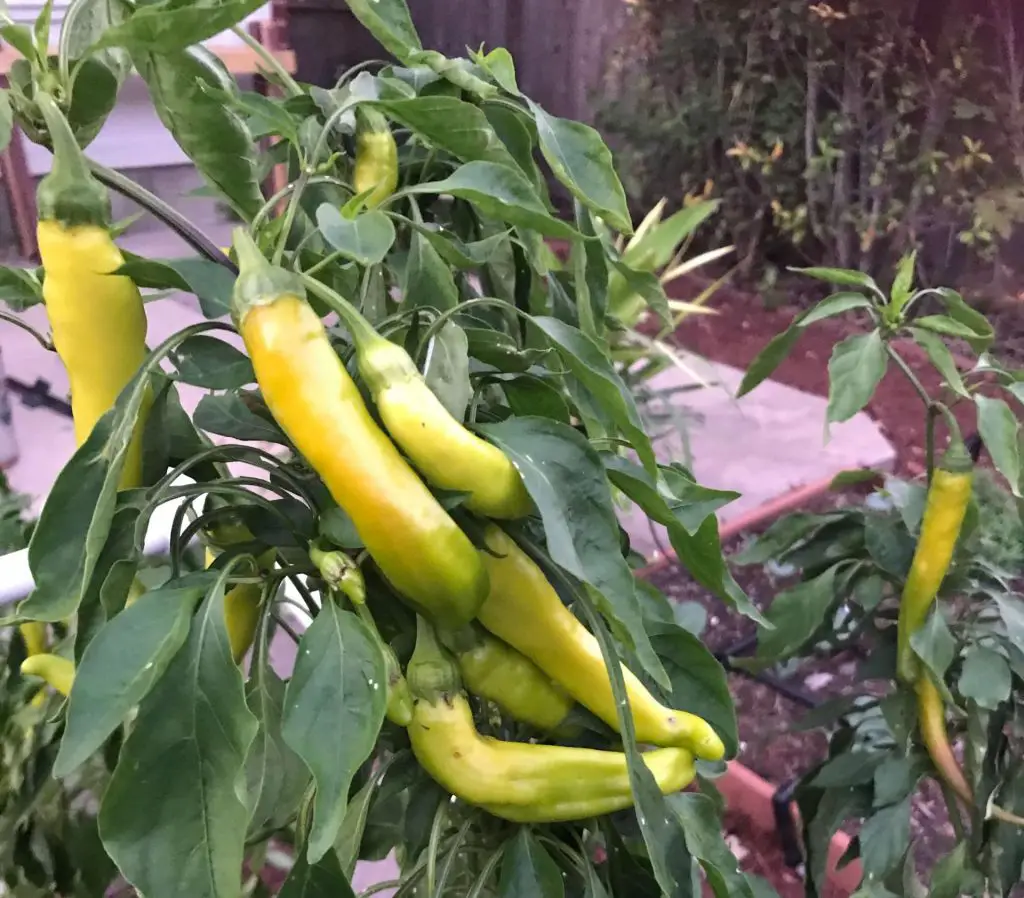
Mehmet Turkish Pepper
Peppers are another must-have vegetable in the summer garden. They don’t have many pests or disease problems. They don’t need a lot of space, one square foot nor a container will do. My favorite varieties are:
- Ajvarski
- Chocolate bell
- Yellow Bell
- Saber pepper
- Shishito
3- Green Beans
There are two types of green beans, bush and pole beans. The bush type needs more space, while the climbing type needs a trellis. They both get attacked by spider mites and stink bugs.
If you are interested in knowing more about green beans, click here to visit my other post on growing green beans. My favorite varieties that I keep growing every year are:
4- Cucumbers
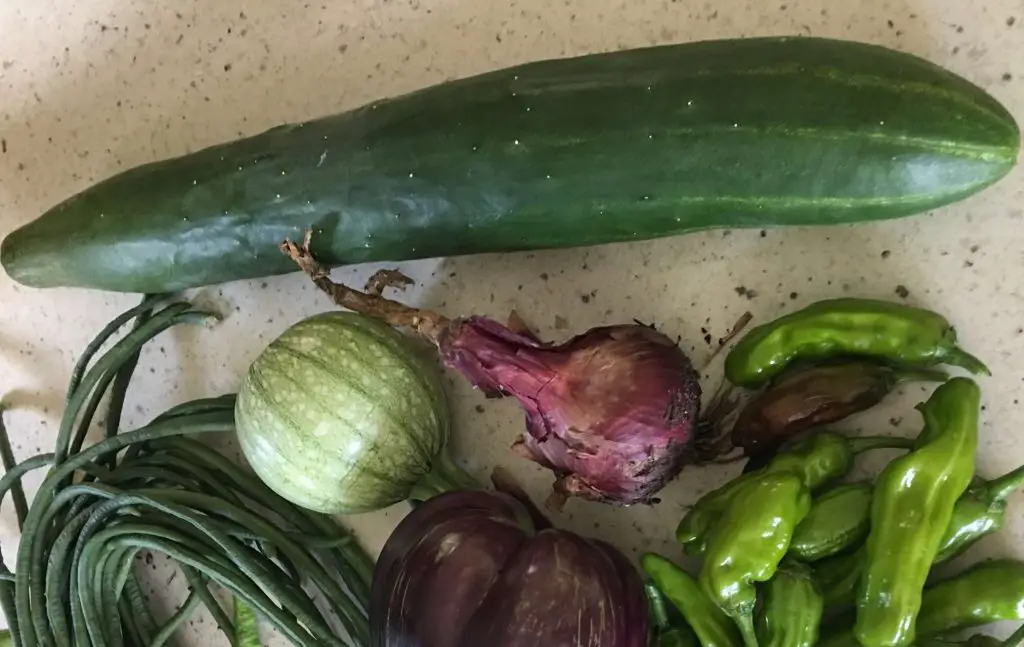
Growing cucumbers is more on the tricky side rather than the hard one. The plant grows as a vine, so it needs a strong trellis to support the heavy fruits. It also requires regular watering to prevent bitterness. You might try the following varieties:
- Market Moore
- Burpless tendergreen
- Tokiwa Tokyo
5- Summer Squash
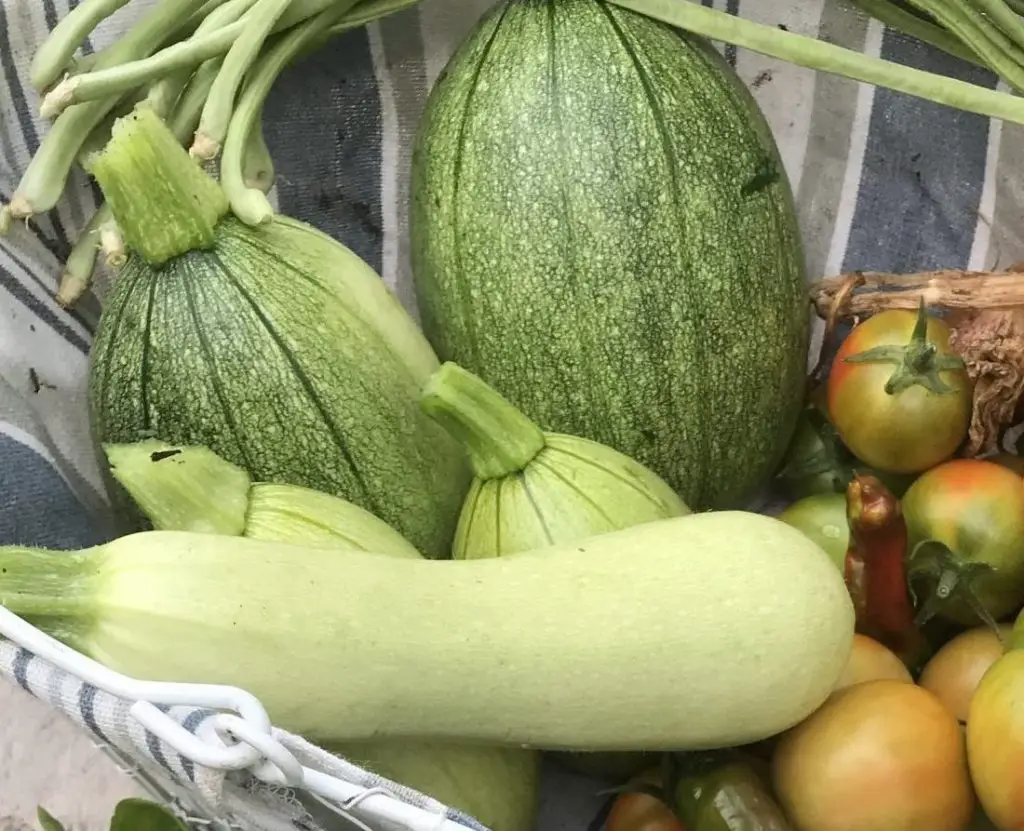
Growing zucchini is easy, depending on where you live. Its main nuisance is dealing with the Squash Vine Borer. It is the larvae of a wasp-like moth. It bores into the plant’s stem and feeds on its inner walls until it kills it. The following varieties still get this pest but can produce soon enough.
6- Winter Squash and Pumpkin
It belongs to the zucchini family and faces the same challenges. The best varieties I found very easy to grow without taking over the growing space are:
- Fairy squash
- New England Sugar pie pumpkin
Perennial Crops
Perennials are crops you plant once. They either live all year long and are evergreen, or dieback one season, then come back the next. Most of these plants are herbs.
- Oregano
- Thyme
- Pennyroyal
- Mint
- Garlic chives
- Rosemary
- Mexican Marigold
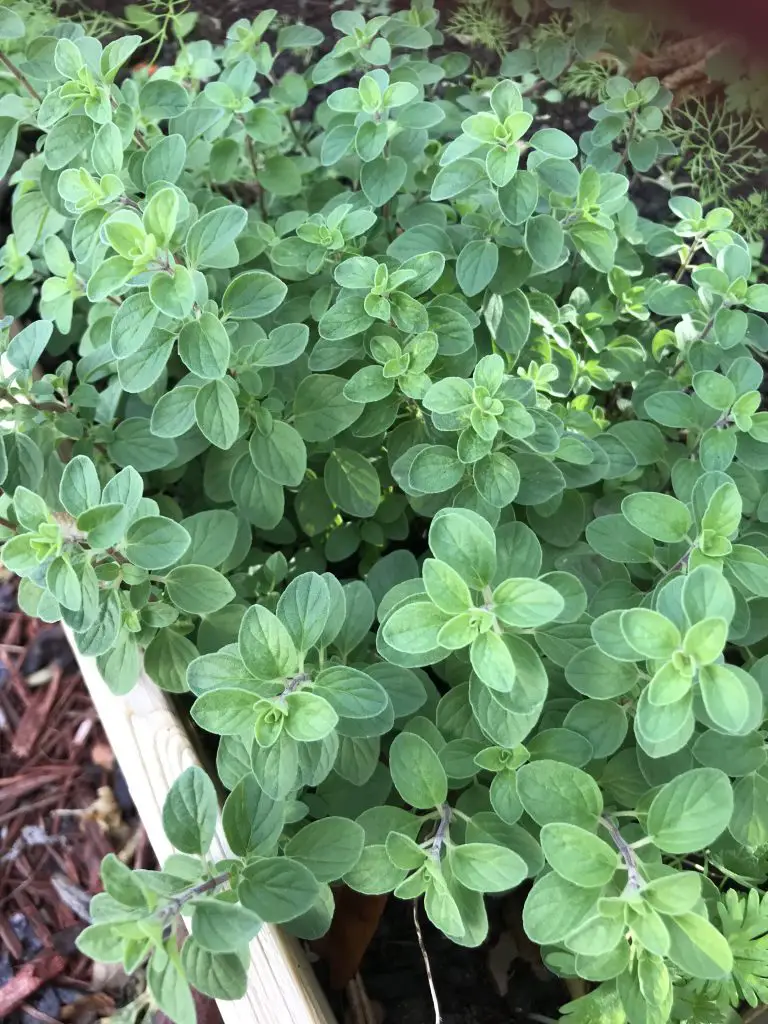
Mexican Oregano 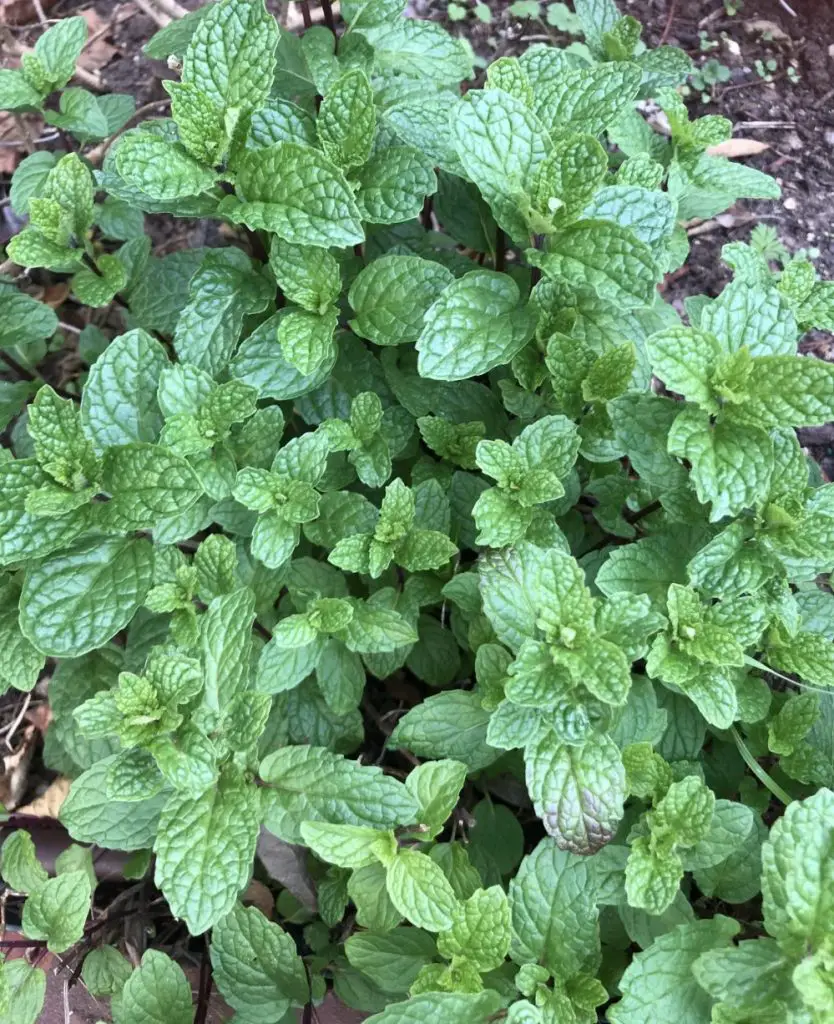
Pepper Mint
Here is a list of the criteria that made these varieties stand out.
- Close spacing.
- Withstanding temperature fluctuations.
- Fast recovery from damage.
- Manageable disease and pest problems.
- Fast growth.
- Good production.
